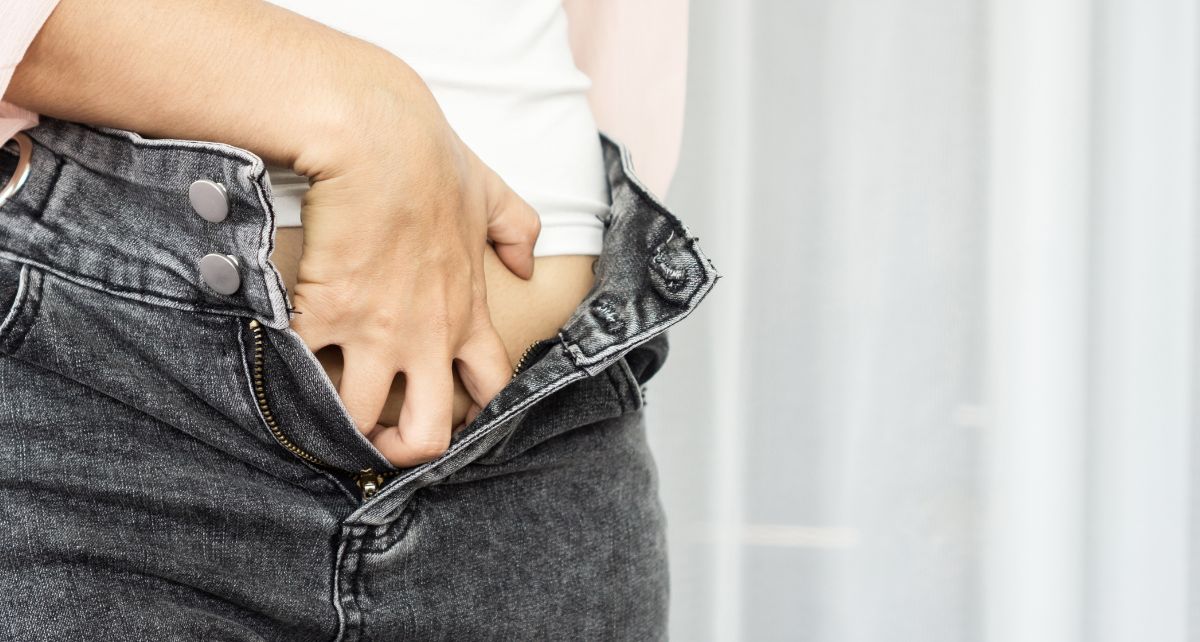Bacterial vaginosis (or BV) is a term that might make you blush. It’s something we secretly google or shyly ask our best friends about. But really, there’s nothing to be ashamed of! We all go through periods of high stress, have times when our diet feels off or when we experiment with products that irritate our bodies. It’s normal. And part of the worry comes from not fully understanding what BV is and what we can do about it. That’s why we’re here! In this blog post, we’re answering all of your burning questions about BV.
What is bacterial vaginosis?
Bacterial vaginosis is a vaginal infection caused by an overgrowth of bacteria.
A healthy vagina naturally maintains a balance between the “good” (lactobacilli) and “bad” (anaerobes) bacteria, but certain disruptions can upset its chemistry leading to infection. BV, in particular, is caused when bad bacteria grows more quickly than good bacteria.
This might sound alarming, but don’t worry – it’s extremely common. In fact, it’s the most common vaginal condition, with about 1 in 3 people who menstruate ages 15-44 experiencing it at some point.
What are the symptoms?
Interestingly, up to 84% of people with BV do not have symptoms. When present, you’ll notice:
- Off-white or grey discharge
- Fishy-smelling discharge
- Vaginal itching or irritation
- Burning sensation when peeing
How do you get it bacterial vaginosis?
Despite the fact that there are countless “feminine hygiene” products on the market that supposedly remove odour and balance vaginal pH levels, the vagina is actually a self-cleaning organ. As a result, scented products, harsh detergents, and douches can upset the balance of good and bad bacteria, leading to infection.
Additionally, while BV is not a sexually transmitted infection, it is often linked to sexual activity. This is likely because unprotected sex exposes you to the bacteria in other people’s microbiomes.
Addressing some common myths about bacterial vaginosis
Despite what you may have heard, you cannot get BV from hot tubs, swimming pools or toilet seats. You also cannot get it from touching a surface that a person with BV has touched. It doesn’t spread from person to person, but exposure to another person’s bacteria can disrupt normal bacterial levels in your body.
How is bacterial vaginosis treated?
BV is typically treated with antibiotics or topical gels and creams, all of which must be prescribed by a healthcare provider. Though some of the symptoms are similar, do not use over the counter treatments meant for yeast infections – this can actually worsen BV symptoms!
If you’re ever feeling off, or know that something doesn’t feel right, check with your trusted healthcare provider.
How do I prevent bacterial vaginosis?
Luckily, there are several easy practices you can incorporate into your routine to reduce the risk of BV.
1. Use barrier protection
For those with male partners, using condoms can reduce your exposure to external bacteria. Semen has been found to change the pH level in the vagina, so condoms can prevent this from happening. Research also shows that saliva can introduce bacteria that leads to BV, so other forms of barrier protection, like dental dams, can reduce your risk while engaging in oral sex.
2. Avoid douching and scented products
Skip harsh irritants, scented tampons, wipes and gels. If you’re unsure, check the label for added “perfume” or “fragrance.” Instead, wash yourself with warm water and let your body do the rest!
3. Change your pads regularly
Bacteria love to grow in dark, moist environments. When you’re on your period, change your pad every 3-4 hours to keep moisture under control.
Why joni pads are different
joni pads are built different. They have antimicrobial properties, are made with super absorbent organic bamboo to prevent moisture build up, and have a protective bioplastic moisture barrier for maximum breathability – aka, they create an environment where BV will not be able to thrive. They’re also certified free from harmful levels of toxins and fragrances that can cause irritation and lead to bacterial imbalance and infection.
To sum up:
- BV is caused by an overgrowth of “bad” bacteria in the vagina.
- Symptoms include: “fishy” smelling off-white discharge, irritation and a burning sensation while peeing, but many are asymptomatic so check in with your healthcare provider regularly.
- Prevent BV by using condoms, if possible, avoiding harsh or irritating products, and changing your breathable, absorbent pads often.
If you’re dealing with BV, you’re not alone. It’s super common and very treatable! You know your body better than anyone, so keep this information in mind and check in with yourself if you’re feeling off.
Sources:
https://www.healthline.com/health/bacterial-vaginosis#risk-factors
https://my.clevelandclinic.org/health/diseases/3963-bacterial-vaginosis

About the Author:
Olivia Berkovits is a freelance copywriter specializing in period care, women's health, and wellness. Based in Toronto, Canada, she's also a PhD Candidate at the University of Toronto studying the legal and medical regulation of pregnancy and birth.
